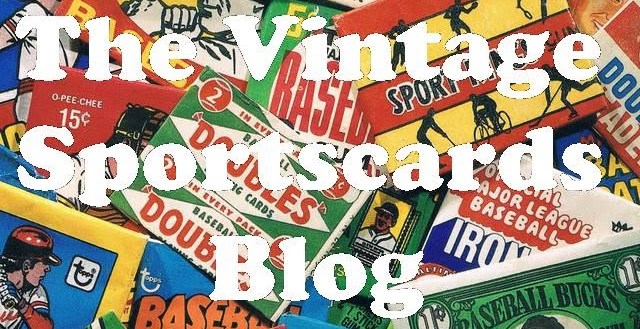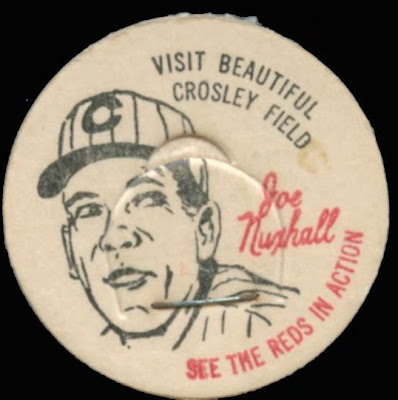Though I'm using this blog to spread information about sets and vintage cards, I'm still a collector. So from time to time I get to feature some "new" additions to my collection, such as these recent arrivals:
1965 Topps #399 -- Ray Herbert, Philadelphia Philles
For some reason, I've let many of the early 1960s Topps sets fall under the radar in my collection. It's not for any specific reason...In the long run, I'm more focused on 1950s material, while 1970s sets are more complete due to that being when I began collecting myself. However, those longer 1961-'65 wantlists make a tempting target for anybody who has the cards in their dupes boxes.
Ray Herbert had been playing in the majors since before Topps printed cards. He debuted in 1950 but missed a few years in the meantime: 1952 was spent in another uniform, as Uncle Sam drafted him during the Korean War, while he spent 1956 and '57 back in the minors before coming back up for the rest of his career. In 1965, he began with his fourth and final major league club (this is an airbrushed card which shows him as a member of the White Sox).
1965 Topps #455 -- Norm Siebern, Baltimore Orioles
Norm Siebern was even more well-traveled, appearing on six different major league teams in 12 years. Starting with the Yankees in the late 1950s, he was one of the players dealt to the A's for Roger Maris. He went to Baltimore before the 1964 season in a trade for Jim Gentile. His time there ended after the 1965 season, as he was dealt to California. After a year there, he went through short stints with San Francisco and Boston before retiring in 1968.
1965 Topps #503 -- Phil Gagliano, St. Louis Cardinals
1965 was the most productive year of Phil Gagliano's career, seeing him get into 122 games. He was a Memphis native (in fact, he and teammate Tim McCarver played together in high school) and earned two World Series rings before he was sent to the Cubs and them the Red Sox in 1970. He closed out his career with a stint with the Reds from 1973-74. Late in his career, Gagliano became a rather effective pinch-hitting specialist, hitting over .350 in that position for both of his last two teams.
1965 Topps #525 -- Eddie Bressoud, Boston Red Sox
Eddie Bressoud came up in 1956 with the New York Giants and moved with them to San Fancisco, In 1961, he went to the Red Sox and stayed there through 1965. Stints with the Mets in 1966 and the Cardinals the next year represented two very different levels of play, and he closed his career out with two games as a defensive replacement in the 1967 World Series. His name invited a nickname of "Steady Eddie" and his period as the regular shortstop for both the Giants and Red Sox might have invited the tag. He was a prototypical good field/no hit shortstop who never hit over .300 but usually hit over .250.
There were also a couple of hits to the 1972 Topps set in the package. That set is special
to me since it's my birthyear set. However, the remaining cards I need are from the tough semi-hi series or the even tougher hi series. That makes every card added a real treat. So these two are awesome:
1972 Topps #651 -- John Strohmayer, Montreal Expos
Here's a player who's featured in my other blog (
1973 Topps Photography) today. I really didn't plan that little bit of synergy, but will take any opportunity to give a plug to my other card-related pursuit.
There's not a lot of info about John Strohmayer, but here's an interesting bit: after retiring, he started a second career as an educator in California and spent 32 years shaping the minds of his students as a teacher, principal and superintendent. As he was set to retire, he and his co-workers hit the jackpot in the lottery. That's a pretty nice way to go out.
1972 Topps #751 -- Steve Carlton, Philadelphia Phillies
I was absolutlely floored when this one came out of the package. Not only is "Lefty" a Hall of Famer and one of the last significant cards needed in the set, 1972 was one of those "once in a lifetime" seasons that a select group of pitchers have. While winning 27 games was definitely a huge accomplishment, Carlton did it for a team that won only 59 for the entire year.
That was a really big hit to a set with fewer big "hits" left.
















































